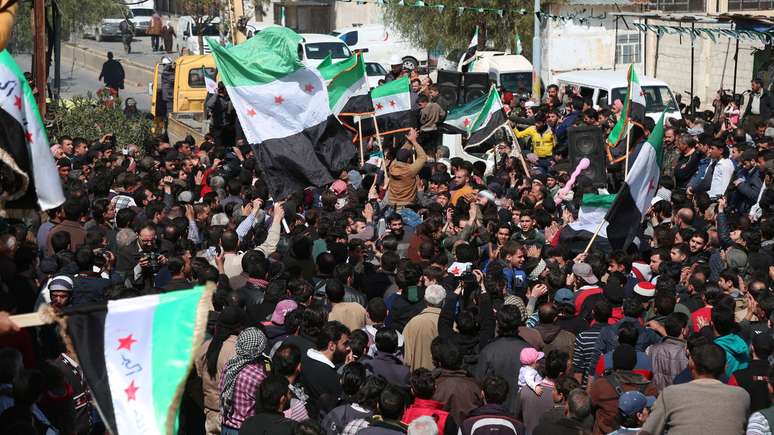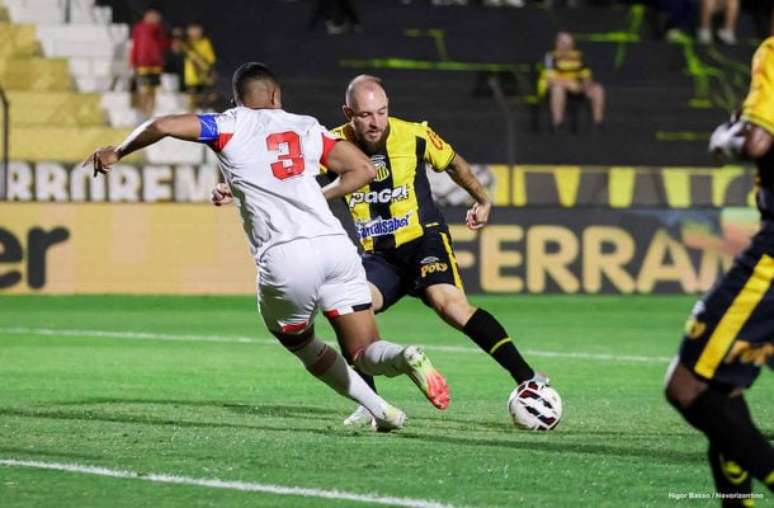The civil war in Syria is one of the longest and most complex conflicts of the 21st century. Started in 2011, the conflict arose from protests against the government of President Bashar al-Assad and quickly transformed into a multifaceted scenario of violence and instability. Over the years, various internal and external factions have participated in the battle fronts, making the situation in the country intricate and difficult to resolve.
Bashar al-Assad, in power since 2000, has faced serious challenges in maintaining his authority. However, despite international pressure and continuous insurrections, his regime has managed, with the support of Russia, Iran and the Lebanese group Hezbollah, to regain control over large territories. However, recent progress by rebel groups shows that the conflict is far from over.
Who are the main players in the conflict in Syria?
In the complex web of interests in Syria, the government of Bashar al-Assad takes center stage. Vital support from Russia and Iran has been crucial to their ability to maintain power. Meanwhile, Hezbollah, a Lebanese Shiite militia, also plays a significant role. Alongside these forces there are numerous rebel factions, such as Hayat Tahrir al-Sham (HTS), which has taken a leading role in recent offensives.
The United States and Israel occasionally carry out airstrikes against militias allied with the Syrian government. Turkey also maintains a military presence in the north of the country, supporting rebel groups. The Kurdish-led Syrian Democratic Forces control the northeastern regions, furthering their interests in the fight for autonomy.
🚨🇸🇾 UNLOCKED AT THE CENTRAL BANK OF SYRIA IN DAMASCUS
Rebels and civilians stormed the Central Bank of Syria in Damascus, seizing millions from deposits linked to the Assad family.pic.twitter.com/3oBXOzGYcM https://t.co/54e9wQQyG4
— Mario Nawfal (@MarioNawfal) December 8, 2024
Why has the situation in Syria gotten worse recently?
Three main factors have contributed to the recent escalation of the conflict in Syria. First, the fighting between Israel and Hezbollah in Lebanon has weakened the capabilities of the Lebanese militia in Syria. Second, Russia’s war in Ukraine has diverted Moscow’s attention, giving way to rebel advances. Finally, internal divisions and power struggles between various rebel factions have the potential to trigger more intense conflicts.
Aleppo is a historic center of strategic and cultural importance in the Middle East. During the civil war, the city became the symbol of the rebel struggles against the regime. In 2016, forces loyal to Assad, with Russian support, retook the city after a brutal siege. The recapture of Aleppo was a milestone in the war, demonstrating the government’s ability to reoccupy lost territories.
Recently, however, HTS and other rebel forces have once again advanced into Aleppo and other regions, highlighting the fragility of government control and the persistence of internal tensions.
Syria’s future remains uncertain amid the protracted conflict. Despite the Assad regime’s occasional victories, the lack of political stability and the constant presence of external forces make any imminent peaceful solution difficult. Regional rivalries and the interests of world powers keep Syria in a state of war that seems far from being resolved.
Source: Terra
Rose James is a Gossipify movie and series reviewer known for her in-depth analysis and unique perspective on the latest releases. With a background in film studies, she provides engaging and informative reviews, and keeps readers up to date with industry trends and emerging talents.






